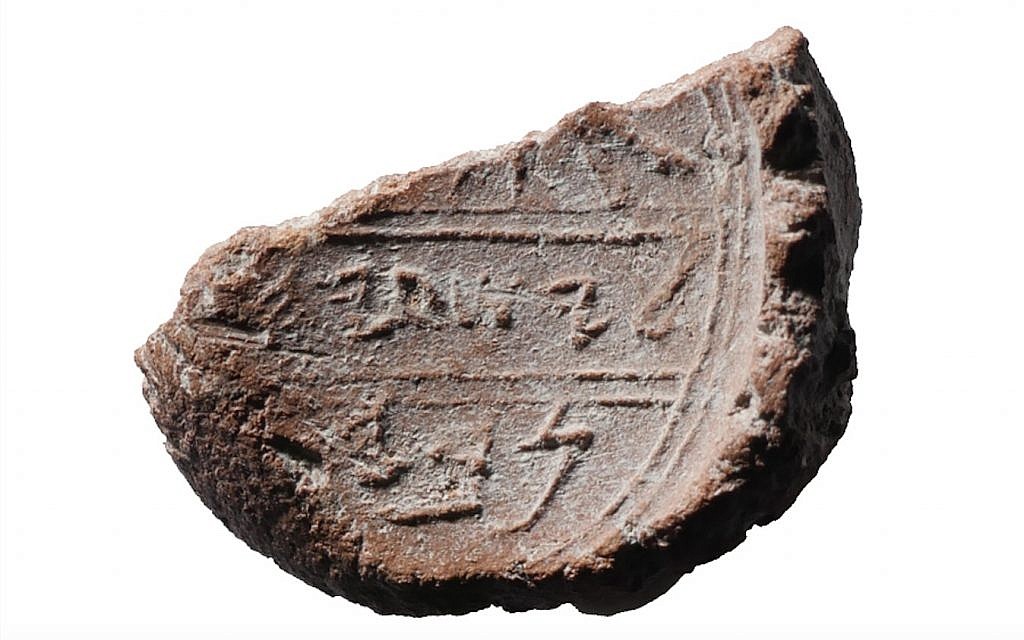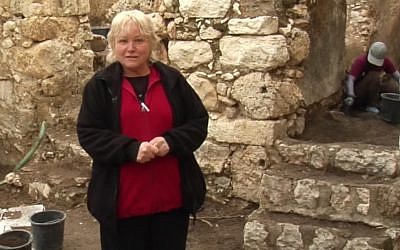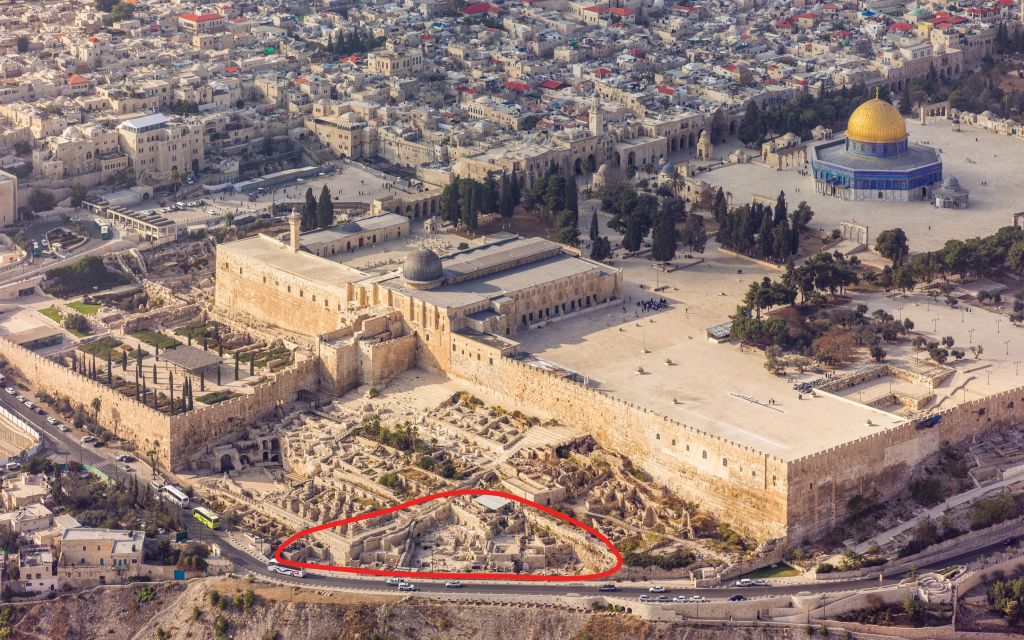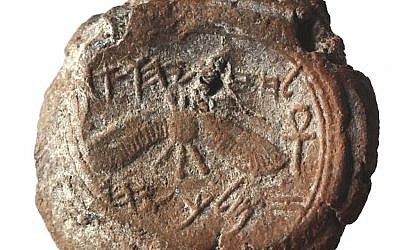 Dyrektor Festiwalu Kultury Żydowskiej: Nie ma zgody na dekretowanie historii
Dyrektor Festiwalu Kultury Żydowskiej: Nie ma zgody na dekretowanie historii
ACH
 Janusz Makuch (Fot. Michal Lepecki / AG)
Janusz Makuch (Fot. Michal Lepecki / AG)
Na wstępie swojego listu Makuch przypomina, że w tym roku przypada 30. rocznica powstania Festiwalu Kultury Żydowskiej w Krakowie i jednocześnie jest to chwila poprzedzająca moment odzyskania przez Polskę „rzeczywistej niepodległości” w 1989 r.
„Przez 30 lat wspólnie – Polacy i Żydzi – budujemy Most Pojednania, most, który wysiłkiem wielu pokoleń ludzi dobrej woli wznosi się ponad rzeką historii. Jestem pewien, że nasz wysiłek nie idzie na marne” – rozpoczyna i dodaje, że ostatnie dni przyniosły zarówno wiele złego, jak i wiele dobrego.
Dzisiejsza Polska to nie tylko błędy obozu władzy
„Źle się stało, że nowe prawo, mające w swej intencji bronić dobrego imienia Polski, przysporzyło Polsce niespotykanej od dziesięcioleci krytyki. Rządzący muszą sobie zdawać sprawę, że w kwestiach tak skomplikowanych i bolesnych, jak stosunki polsko-izraelsko-żydowskie, powinni rzetelnie konsultować się z wszystkimi zainteresowanymi stronami. Tej konsultacji nie było. W państwie demokratycznym nie ma zgody na dekretowanie historii czy penalizację wyrażanych uczuć i myśli” – pisze Makuch. – „Ale też dobrze się stało, bo oto nadszedł moment, kiedy nasze wysiłki, osiągnięcia, plany poddane są historycznej próbie. Czas sprawdzić, ile jesteśmy warci.”
Dyrektor FKŻ przekonuje, że nie warto popadać dziś w depresję, zwątpienie i rezygnować z nadziei, gdyż zbyt wiele dobra za nami i przed nami.
„Dzisiejsza Polska to nie tylko błędy obozu władzy, zła ustawa o IPN, odradzający się skrajny nacjonalizm, antysemityzm i faszyzm. To także, a może przede wszystkim Polska kulturowego, religijnego i politycznego pluralizmu, otwartej wymiany myśli, wolności mediów, niezawisłości sądów” – podkreśla i dodaje, że jakiekolwiek działanie zmierzające do zakwestionowania którejkolwiek z tych wartości jest z definicji działaniem antypolskim.
Nie zamykamy się w getcie – otwieramy się na świat
„Nie do pogodzenia z etosem polskim jest szowinizm, nacjonalizm, ksenofobia, antysemityzm, bolszewizm czy faszyzm. Ktoś, kto chce właśnie takiej Polski – nie jest z ojczyzny mojej. Nie jest Polakiem” – pisze, po czym przechodzi do opisu samego FKŻ, którego misją jest „budowanie lepszego świata tu i teraz, na równi dla Polaków i Żydów, tych z Izraela i Diaspory”.
„Festiwal został zainicjowany przez Polaków i jest organizowany przez Polaków. W tym sensie ten bardzo żydowski festiwal jest jednym z najbardziej polskich festiwali” – czytamy. „Nie dzielimy świata – jednoczymy go. Nie oceniamy świata – współtworzymy go. Nie zamykamy się w getcie – otwieramy się na świat.”
Jak przekonuje Makuch, mimo że łatwiej coś zburzyć, budujących Most Pojednania jest więcej niż tych, którzy próbują go zburzyć. Podkreśla też, że nieistotne powinno być, że Polaków i Żydów dzieli wiele, bo wciąż wiele jest też w stanie ich połączyć. W szczególności – nadzieja.
„Nigdy, przenigdy nie straciliśmy NADZIEI – my, Polacy i my, Żydzi. Dlaczego mielibyśmy ją stracić właśnie dzisiaj?” – pyta.
Zawartość publikowanych artykułów i materiałów nie reprezentuje poglądów ani opinii Reunion’68,
ani też webmastera Blogu Reunion’68, chyba ze jest to wyraźnie zaznaczone.
Twoje uwagi, linki, własne artykuły lub wiadomości prześlij na adres:
webmaster@reunion68.com







